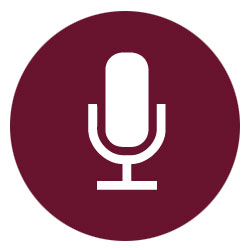Counting Long Computer Use Damages to the Eye

Till reliable there was no evidence to suggest that even long-term intensive
use of VDUs is damaging
to the eyes, but a recent study by the Japanese
scientists changed it all. According to them, hours in front of a computer
screen may increase the risk of
glaucoma in people
who are myopic or
shortsighted.
Aching, irritable eyes is a common complaint after maintaining a visual distance
constant for much of the day in front of the computer, this means the muscles
that control your focal lens have become fatigued. Further on,
-
Watching a computer screen for nine or more hours a day might be linked
to a progressive eye disease that can blind without treatment
-
The risk of developing glaucoma this way is highest for those with short
sight
-
Over 5% had visual field abnormalities appear to be a significantly
linked with heavy computer use.
-
Short sightedness has already been linked with glaucoma, a disease in
which fluid cannot flow out of the eye because meshwork in the coloured
part, the iris, has become blocked.
-
Pressure build up in the eye, can damage to nerve fibres in the back of
the eye and the optic nerve.
-
The optic nerve in myopic eyes is more susceptible to computer stress.
- If the condition is ignored, or steps are not taken to reduce eye pressure, surgery might be needed to make an extra drainage channel in the white of the eye.

Prevention better than cure
To help
eyestrain and prevent dry eye, adjust your computer monitor to
reduce glare and reflection. An ergonomic evaluation of your workstation also
may identify problems that could lead to eyestrain and fatigue. Screens and
fonts are a lot kinder to eyes than they used to be, but by positioning your
screen incorrectly and using unsuitable lighting you can still put your eyes
under unnecessary strain. However, the problem is with your working practice
rather than the VDU itself, so there is a lot you can do to protect yourself.
Exercise your eyes by alternating your focus between something close up and
something far away. Look at something in the distance until it becomes clear.
Then look back at a piece of paper. It will take a while for your focus to
adjust each time, but carry on until you can refocus instantly. Then get back to
work and repeat the exercise in an hour's time.
Physiotherapists also recommend rubbing your hands together and cupping them
over your eyes every now and then to give them some symptomatic relief.

Prevent eyestrain at work station
Here are a few suggestions on how to make your workspace more comfortable:
-
Place your screen 20 to 26 inches away from your eyes and a little bit below eye
level.
-
Use a document holder placed next to your computer screen. It should be close
enough so you don't have to swing your head back and forth or constantly change
your eye focus.
-
Change your lighting to lower glare and harsh reflections. Glare filters over
your computer screen can also help.
-
Get a chair you can adjust.
- Choose screens that can tilt and swivel. A keyboard that you can adjust is also helpful
